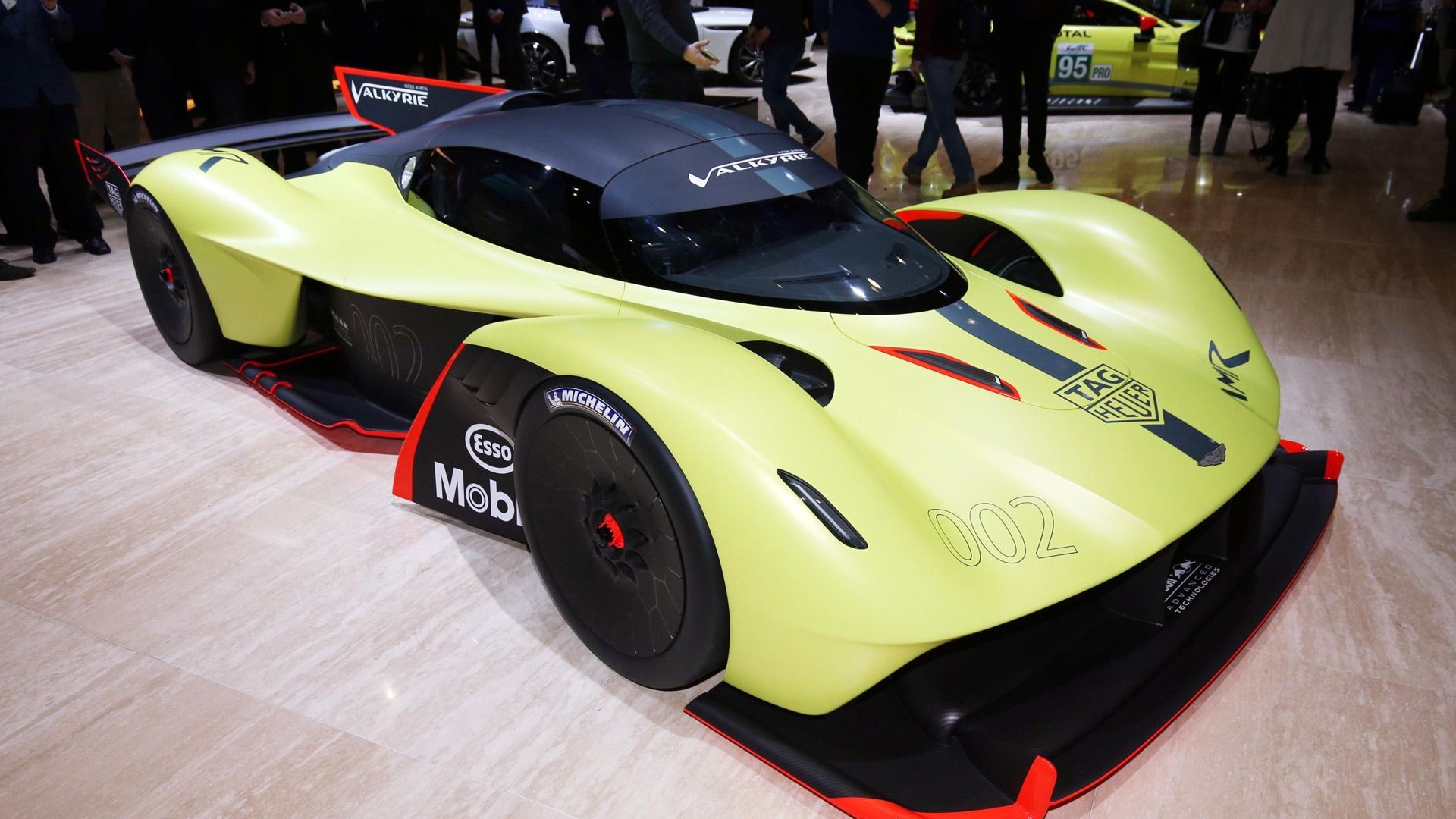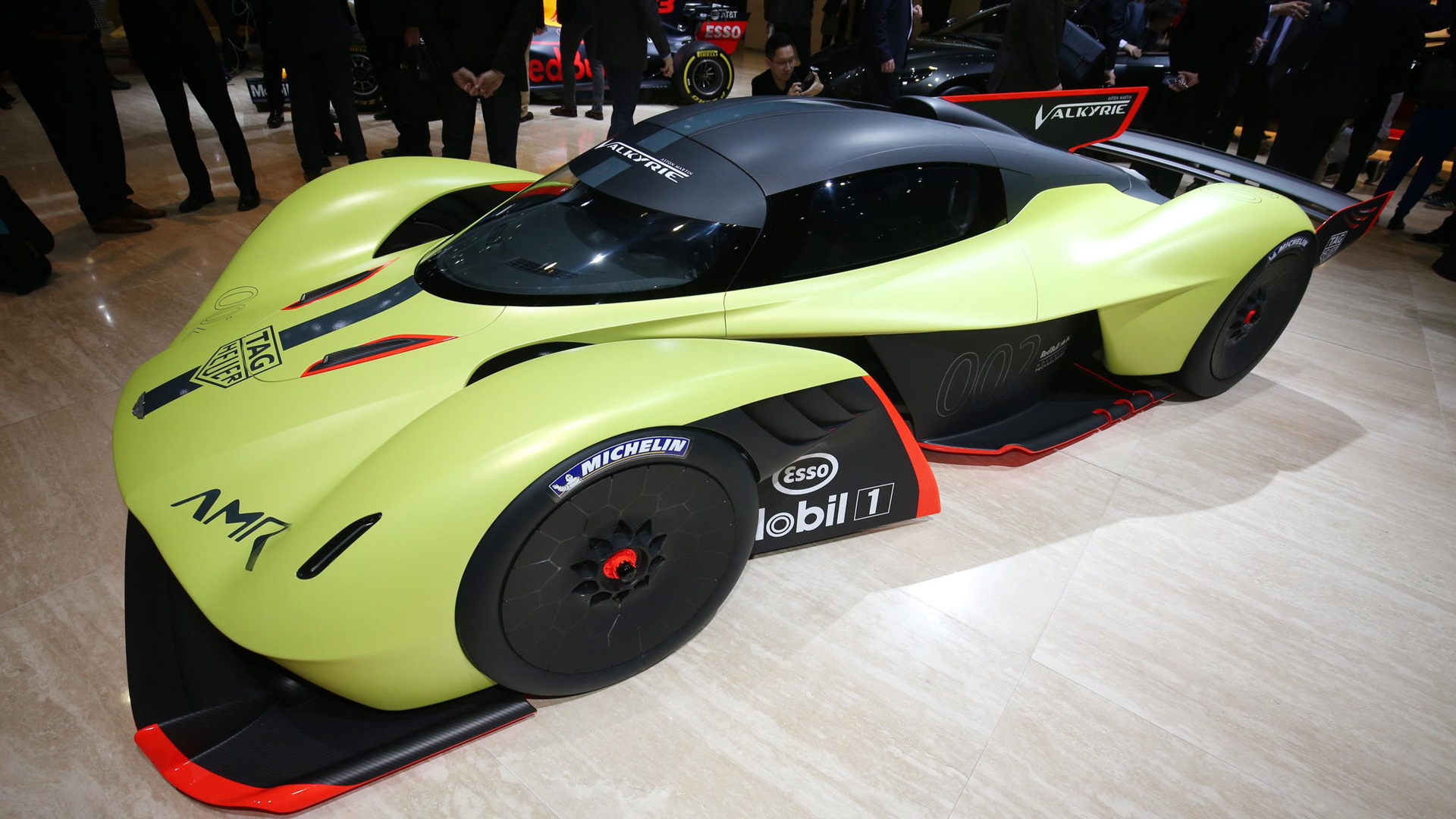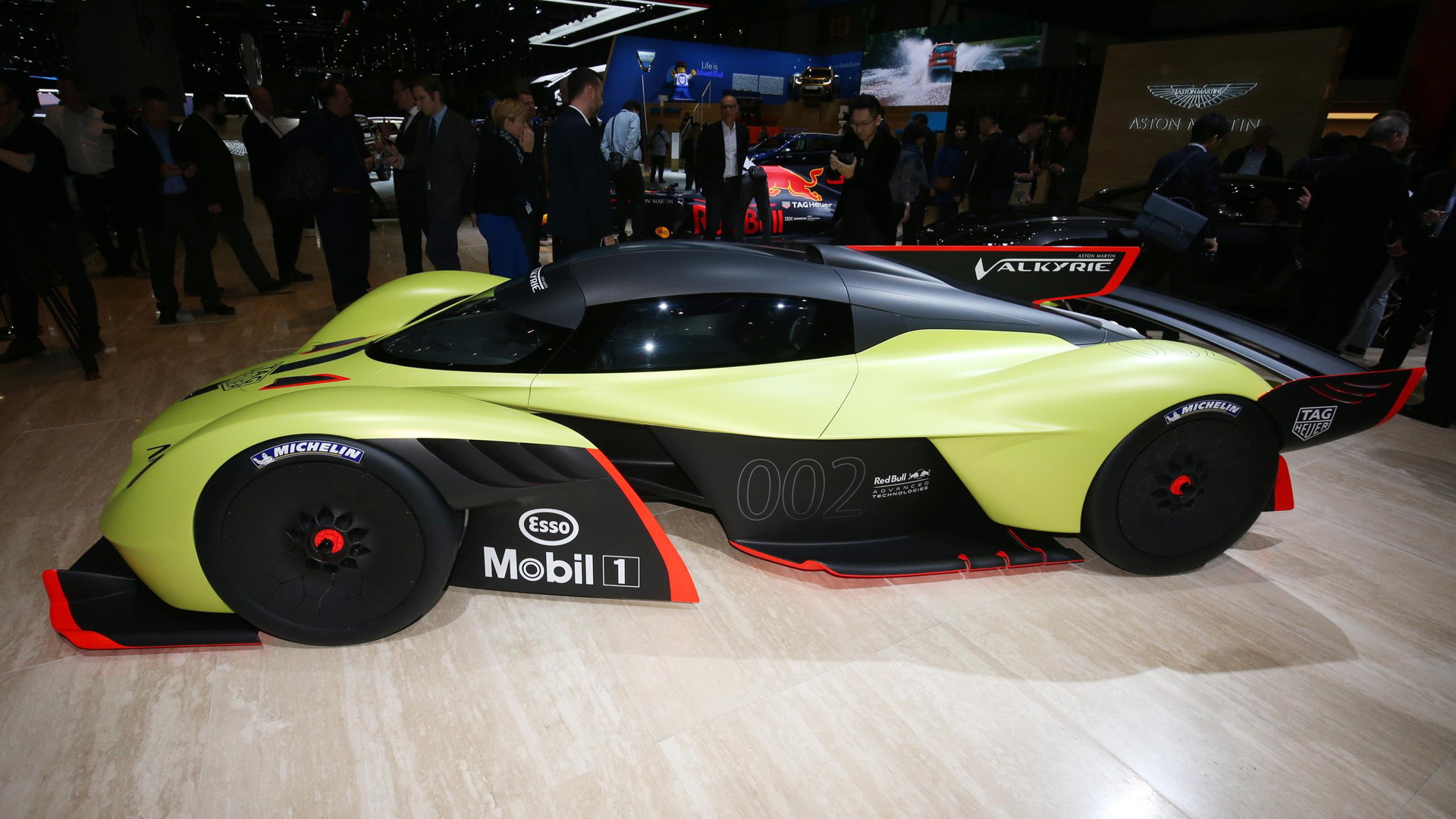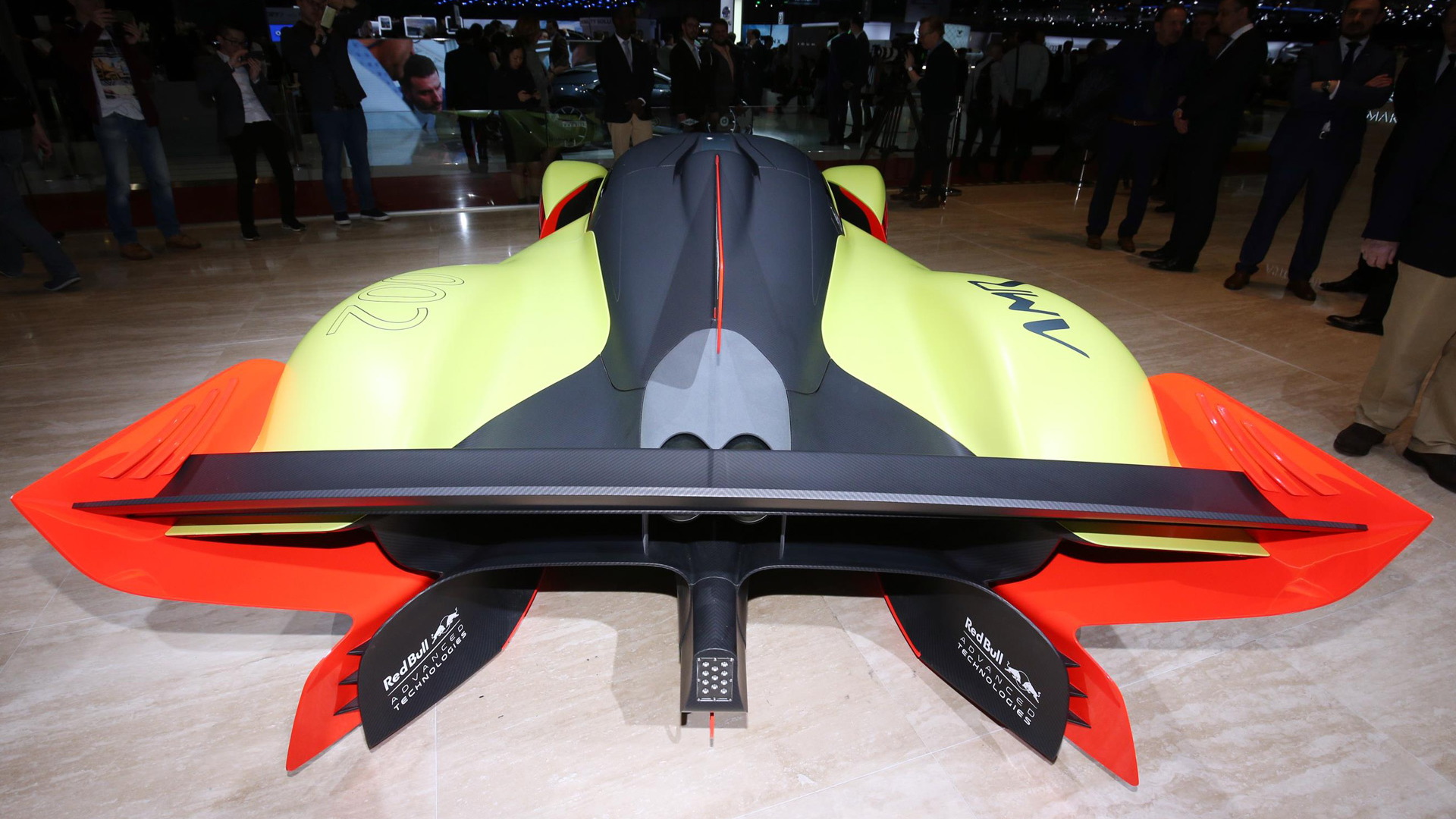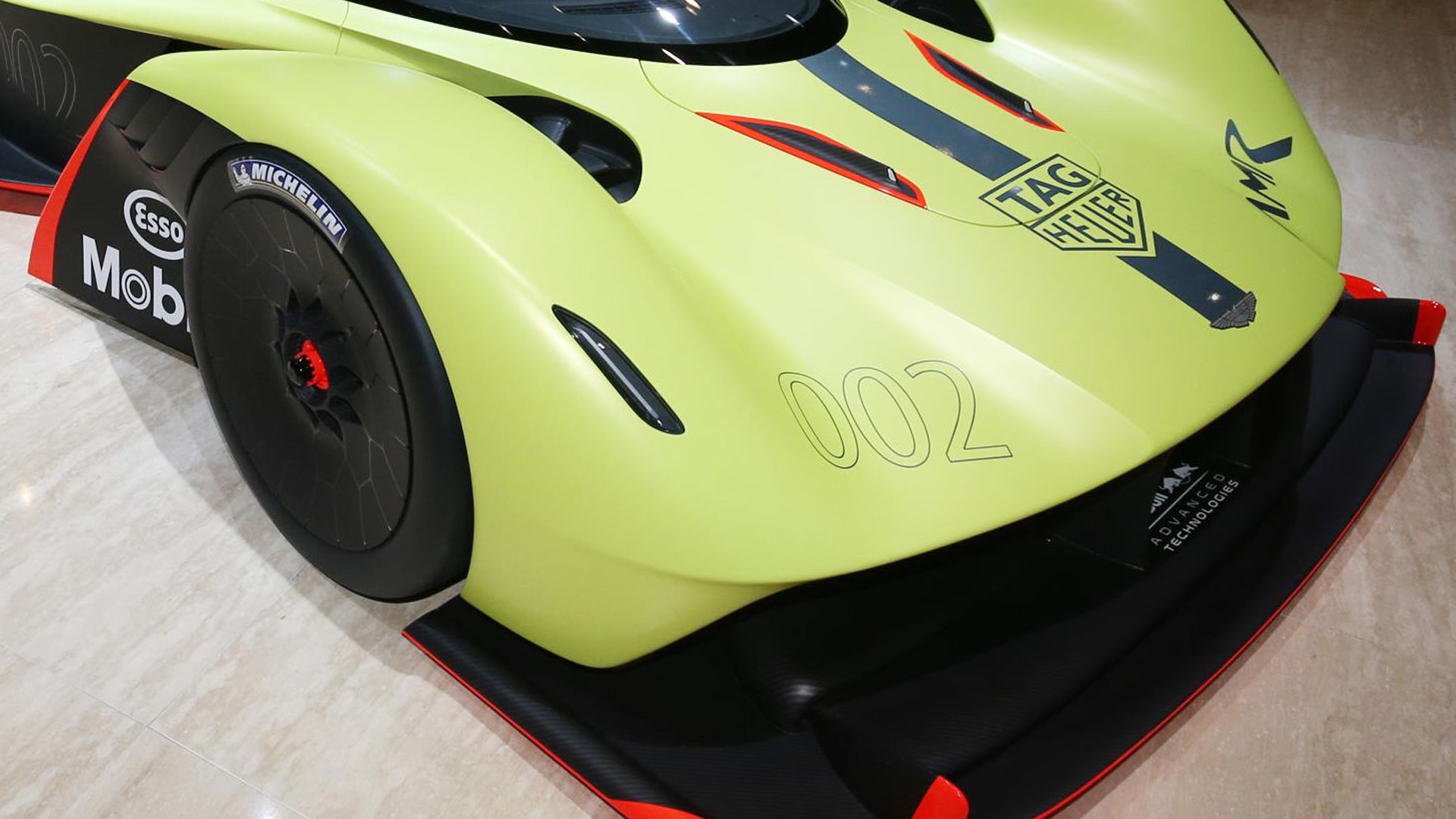Aston Martin’s Valkyrie is already pushing the limits of car design but there’s a more powerful, more hardcore version, and it’s set to rewrite the rule book on the performance potential of road car-based track specials.
The track-only version of Aston Martin’s hypercar is called the Valkyrie AMR Pro, and it was unveiled on Tuesday at the 2018 Geneva International Motor Show.
How fast is it? Based on simulations conducted by the Red Bull Racing Formula 1 team, which is helping to develop the car, the track times the Valkyrie AMR Pro will achieve will be comparable to F1 and LMP1 race cars. Owners will also be able to experience speeds in excess of 225 mph, as well as cornering forces in excess of 3.0 g and braking deceleration of more than 3.5 g.
Making this possible is a combination of factors, namely more power, less weight and a heck of a lot of downforce compared to the standard Valkyrie. The car in this configuration weighs just 2,200 pounds but generates more than 1,100 horsepower from its V-12-based hybrid powertrain.

Aston Martin Valkyrie in near-production form

Aston Martin Valkyrie in near-production form

Aston Martin Valkyrie in near-production form
The biggest change over the standard Valkyrie, however, is the body. All the aerodynamic surfaces have been revised in the pursuit of significantly increased downforce, including the addition of much larger front and rear wing elements, together with revised active aerodynamic control strategies tailored for the demands of track driving.
The track car also runs smaller diameter wheels (18-inch front and rear) in order to fit Michelin racing slicks similar to those used by LMP1 cars. Meanwhile, stopping power comes from carbon-ceramic brakes similar to those used by F1 cars.
More power and torque is also extracted from the Valkyrie’s 6.5-liter, Cosworth-sourced V-12 engine, made possible by dialing down most of the emission controls. The final figure lies somewhere in excess of 1,100 hp. The output of the car’s Rimac-sourced energy recovery system remains unchanged, though its control systems have been reprogrammed for track duty.
Finally, the Valkyrie AMR Pro benefits from a weight-saving program. Creature comforts like the air-conditioner and infotainment system have received the boot while some necessary items have been replaced with lightweight, racing-style components. These include polycarbonate windows, carbon fiber suspension components, molded racing buckets with no adjustment, and an exhaust with minimal silencing requirements. Oh yes it's going to be loud.
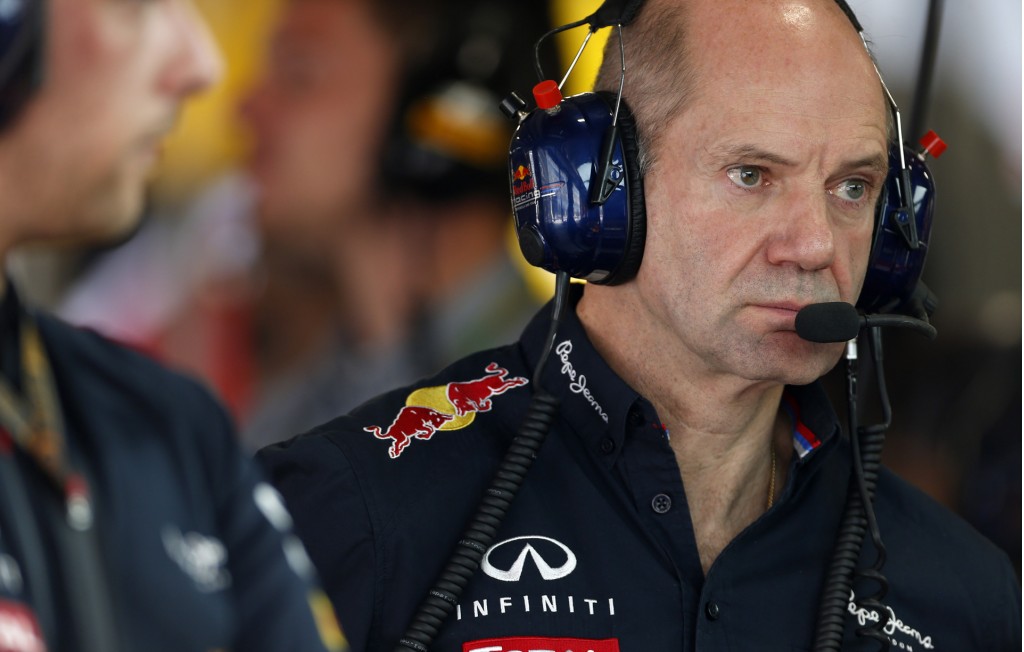
Adrian Newey
“While it is endowed with extraordinary performance, it has always been vitally important to me that the Valkyrie functions well as a true road car, and that naturally comes with some constraints,” Adrian Newey, Red Bull’s star aerodynamicist who is leading the design work, said in a statement. “With the track-only Valkyrie AMR Pro, we have the freedom to create an extreme evolution that makes no such concessions.”
Prototypes for the Valkyrie will start testing soon. Aston Martin will build 175 examples all up. Of these, 25 will be Valkyrie AMR Pros. Sadly, build slots for the entire run are gone.
To ensure owners will be able to get the most out of their cars, Aston Martin is setting up a special program for buyers of the Valkyrie AMR Pro that will provide them with access to the same facilities as Red Bull’s F1 drivers. This will include time in the simulator and professional on-track tuition, plus programs to improve their physical fitness.
The reveal of the Valkyrie in production guise will take place later this year. First deliveries are scheduled for 2019 for the road car and 2020 for the track car. By then, Mercedes-AMG will have launched its own hypercar, the Project One. Unlike the Aston, there will be only one version of the Merc.
For more Geneva auto show coverage, head to our dedicated hub.
